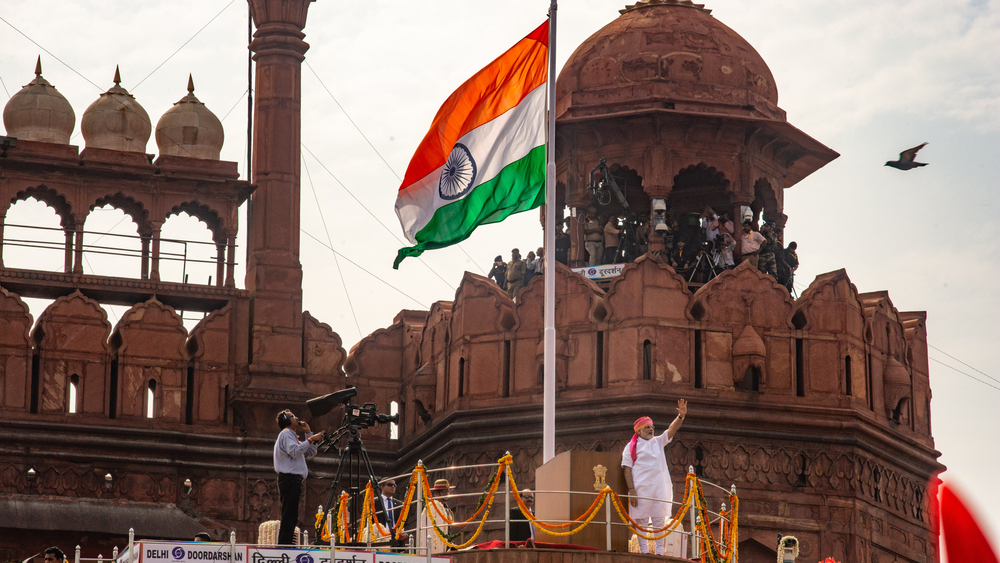
Changing of the guard: investment implications of elections in India and Indonesia
Two of the world’s largest coal producers are headed for elections- the future of their climate policy is on the line
India and Indonesia have a lot in common. India is the world’s largest democracy; Indonesia is the third. India is the world’s most populous country; Indonesia is the fourth. Both are amongst the world’s largest producers and consumers of coal. Both are economically and geopolitically significant.
In 2024 – the list of common denominators has a new entry: elections.
Indonesia’s general election is scheduled for February 14 while India’s will be spread over a few weeks in April and May.
Among other things, the future of climate policy in India and Indonesia hangs in the balance. In recent years, both countries have announced targets, plans and incentives for renewables that very in their scope and credibility.
Elections and the changes that pursue could determine what stays, what changes and what goes. In both cases, the investment case for renewable energy is tied at the hip to the arduous political struggle for fossil fuel phase-outs.
Indonesia’s inevitable change
“There is no value in becoming a victor in a sinking world”, said Indonesia’s President Joko Widodo at COP 26 in 2021. Through his speech, President Widodo wanted to convince the audience that the world’s largest exporter of thermal coal had a new plan in mind. “Jokowi” as he is known, claimed that Indonesia would build Southeast Asia’s largest solar plant and bet big on biofuels.
But Indonesia’s is a multiparty democracy - where consensus is as difficult to build as it is to maintain.
Widodo’s government has known this first hand. “In Widodo’s first term, the development of renewable energy in Indonesia was overshadowed by the expansion of coal power plants”, says the International Institute for Sustainable Development, a think tank.
Indonesia plans on going net zero by 2060. Its interim emissions reduction targets are conditional – 43% if international assistance is provided, 31% if not. The country had set out to deploy renewable energy enough to power 23% of its grid by 2025, that target is likely to be missed. Some $16 billion will need to be invested in Indonesia’s renewables sector if future targets are to be met.
The country’s policymakers have often made the case that the financial consequences of stranded assets in a coal phase out scenario is a price too high to pay. Even if some politicians are on board, consensus is perhaps a step too far.
At the same time, the country has given a green light to renewables development. A 2022 presidential regulation introduced a moratorium on new coal power plants. In 2023, the country delivered what president Jokowi promised in 2021 – Southeast Asia’s largest solar PV plant in West Java. Mixed signals have exacerbated uncertainty. Policy uncertainty related to pricing, incentives and energy sector plans slowly erode investor confidence is Indonesia’s renewable energy assets.
“Political risk related to tariff levels and their stability can be questionable, especially if the energy or fiscal policies are unstable more generally”, says a report on from the Asian Development Bank that investigated the feasibility of financing renewables in Indonesia.
Political change for Indonesia is inevitable this time around. Having served two terms, Jokowi is ineligible for a third. Even though polls indicate a slight edge for current defence minister Prabowo Subianto to become the next president – no candidate exceeds the threshold for a majority. A run-off election seems likely.
We believe the renewable energy sector in India is poised for significant growth in the coming years as India works towards its ambitious clean energy goals
Modi’s majority
While a majority win might evade Indonesia’s politicians, it is the most likely outcome in India. Prime minister Modi’s Bharatiya Janata Party (BJP) holds 303 of 543 elected seats in India’s lower house, the Lok Sabha.
Unlike Indonesia, India’s laws do not bar prime minister Modi from seeking a third term. He now sits as high as 77% on commonly cited approval ratings. A third stint in New Delhi for Modi and the BJP, is highly likely. Most pollsters would agree.
For India, renewables capacity expansion has been a point of debate and policy focus. The country’s nationally determined contribution (NDC) envisioned a 40% share for renewables in India’s installed electricity capacity by 2030. That target was achieved in 2021. Now, the country’s policymakers say renewables could account for 50% of India’s energy supply by 2030.
Political tailwinds in the direction of renewable energy have given investors plenty to cheer about.
For example, the Ontario Teachers’ Pension Plan invested $300 million in a strategic partnership with Mahindra Group, a large Indian conglomerate in 2022. The partnership included an infrastructure investment trust aimed at renewable power assets in India.
“We believe the renewable energy sector in India is poised for significant growth in the coming years as India works towards its ambitious clean energy goals”, said Chris Ireland, OTPP’s senior managing director for greenfield investments & renewables.
Other asset owners such as Norway’s KLP have followed suit, echoing Chris Ireland’s logic.
Nevertheless, policy signals in India are mixed too. 55% of India’s energy needs are still serviced through coal. “While India's intentions for renewable energy for the next decade are clear, when and how it will transition away from coal is not”, says the country’s Climate Action Tracker assessment report.
In addition, India’s coal fleet is exceptionally young and heavily subsidised. Several plants have a project life of another 50 years. Coal India, the government-owned coal producer receives almost $2 billion in subsidies each year. Stranded asset risk, like in Indonesia, is a worrying prospect in India.
Elections in Indonesia and India might lead to different outcomes: the search for majority in Jakarta and the cementing of one in India. Yet, their relevance and significance to decarbonisation in two of the world’s largest coal producers is strikingly similar.




